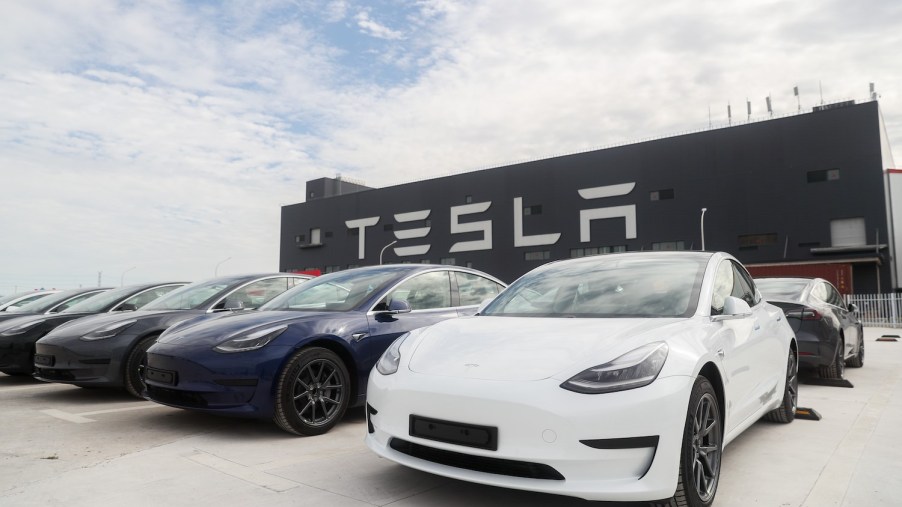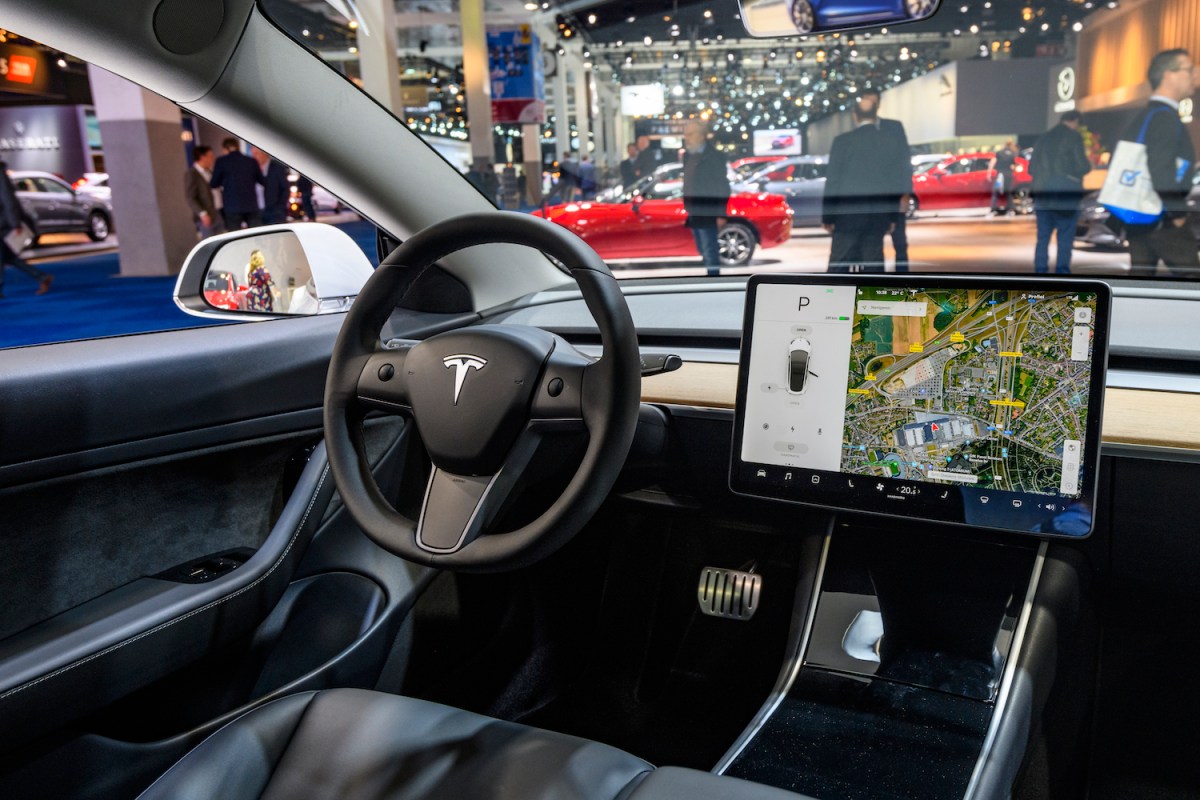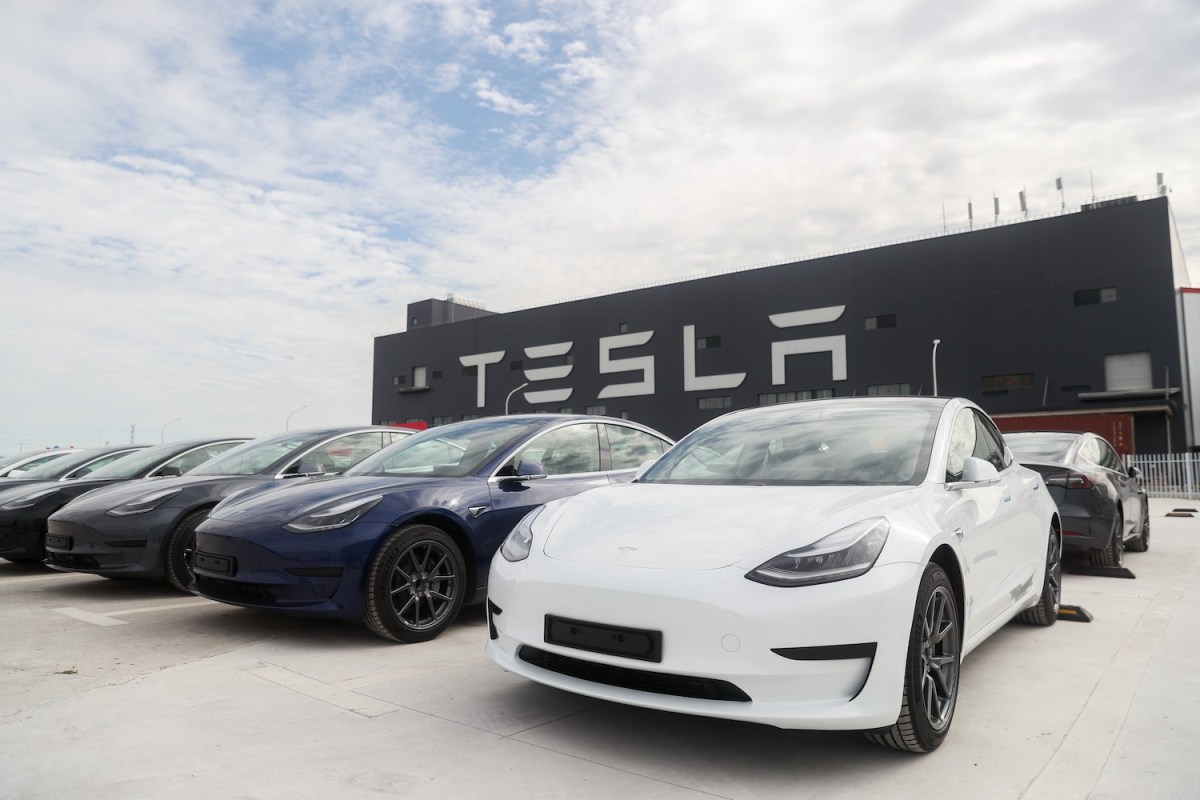
Can the Tesla Model 3 Race on a Track?
By all accounts, the Tesla Model 3 is a fantastic car. It seats four people with plenty of space and grips the road with vise-like perseverance. It’s also extremely powerful, getting to 60 mph in just 3.1 seconds (according to Tesla) with the performance configuration. It also has performance brakes and lowered suspension. One question remains, if it’s so powerful and handles so great, then why isn’t it on track?
Why isn’t the Model 3 tracked more?

Several owners testified that their Teslas overheated under the influence of spirited driving. While that might be an acceptable excuse for some, consider the BMW M2 Competition. The BMW starts around the same price as the Tesla at $58,900, and while it is 0.7 seconds slower than the Model 3 Performance, it doesn’t overheat on the track. It performs out of the box. In all fairness, the Tesla isn’t a track car. It’s a commuter, designed to save the planet from greenhouse gasses.
However, if a car is going to come with a “Track Mode” (like the Tesla), then it should last more than three laps around a track like Laguna Seca. Granted it has many elevation changes, high-speed corners, and heavy braking zones, but is only 2.2 miles long. If driven too hard for about 20 minutes, the drive unit will throttle its power and usher in limp mode.
Is it possible to track a Model 3?

The good news is, it may be possible to track a Model 3 for an extended period of time. However, it will be expensive and complicated. There are various upgrades available for improving the car’s cooling system. MountainPass Performance sells just such an upgrade, as a plug-and-play oil cooler. According to MountainPass Performance, the oil is the hottest fluid in a Model 3. It cools the stator and the rotor at the center of the motor, those being the hottest parts of the drive unit. Ergo, cooling the oil cools down the system.
Other owners in an effort to mitigate the Model 3’s cooling issue simply increased cooling capacity, through a very complex series of radiators and tubing. It sounds more expensive than the $890 oil cooler from MountainPass Performance and involves a lot of custom work. Owners also complain of brake fade in their Model 3 Performance, but that can be easily fixed by rotors designed to dissipate heat more efficiently. These are available at Unplugged Performance.
Is it worth modifying a Model 3 for the track?

The Model 3 shouldn’t catch too much flack, since most cars aren’t ready for the track right off the showroom floor. If tracking the car is an absolute must, then yes the upgrades are worth it. The Model 3 is comfortable and quick and could be the perfect car to drive the occasional track day. However, it certainly would be ideal to not have to worry about the car overheating while on the track.


